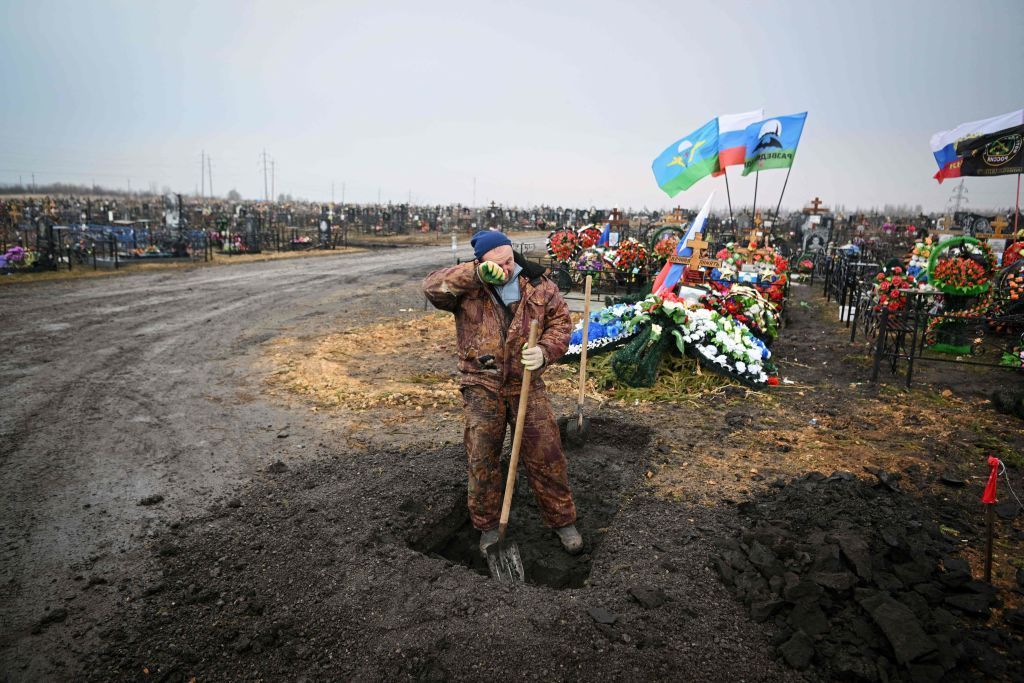Russia outguns Ukraine but suffers 3 times higher losses, Syrskyi says

Moscow currently fields some 520,000 troops in Ukraine and plans to raise this number to 690,000 by the end of the year, Commander-in-Chief of the Ukrainian Armed Forces Oleksandr Syrskyi said in an interview with the Guardian published on July 24.
"When it comes to equipment, there is a ratio of 1:2 or 1:3 in their favor," Syrskyi said in the interview.
Ukraine's top military commander explained that this is the key reason for Kyiv's setbacks on the battlefield in recent months.
Syrskyi ordered a withdrawal from Avdiivka in February as Ukrainian forces struggled to hold on to the key front-line city in Donetsk Oblast, suffering ammunition shortages due to delays in U.S. aid.
More recently, Russian forces have been capturing villages in Donetsk Oblast as they push toward Pokrovsk, and forced out Ukrainian troops from the eastern part of Chasiv Yar.
Moscow scored these successes largely due to its advantage in heavy equipment, according to Syrskyi.
The number of Russian tanks grew from 1,700 in 2022 to 3,500, while the number of artillery systems has tripled, and armored personnel carriers went from 4,500 to 8,900, the Guardian writes.
Russian successes are only "tactical," however, and come at high costs, Ukraine's top commander said, adding that Russia suffers "three times" higher casualties than Kyiv's forces, and even higher in some areas.
Syrskyi refused to provide specific numbers, and the most recent publicly unveiled figure on Ukrainian soldiers killed throughout the war was 31,000 by February. The Ukrainian military said that Russia has lost over 570,000 troops killed or wounded as of late July.
The general also stressed that Ukraine managed to halt the Russian advance in the northern part of Kharkiv Oblast and said the military is ready to give a "good response" if Russia attempts an offensive in the southern Zaporizhzhia Oblast.
Syrskyi noted that Russia's advances along the front could be halted but added that the result "depends on our brave soldiers, our officers."
When asked about the issue of Western F-16 fighter jets, Syrskyi said he knew when the planes would arrive but refused to provide a specific date.
The Netherlands, Denmark, Norway, and Belgium have pledged close to 80 F-16s under the fighter jet coalition launched in July 2023, with up to 20 expected to arrive this year.
Despite promises by U.S. Secretary of State Antony Blinken on July 10 that the first Dutch and Danish F-16s are already on their way, no delivery has been confirmed so far.
Syrskyi believes that F-16s will strengthen Ukraine's Air Force but also pointed to their limitations, saying they would have to remain 40 kilometers from the front line to avoid being shot down.












